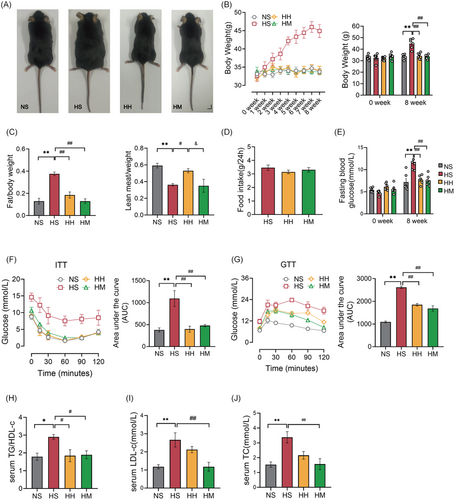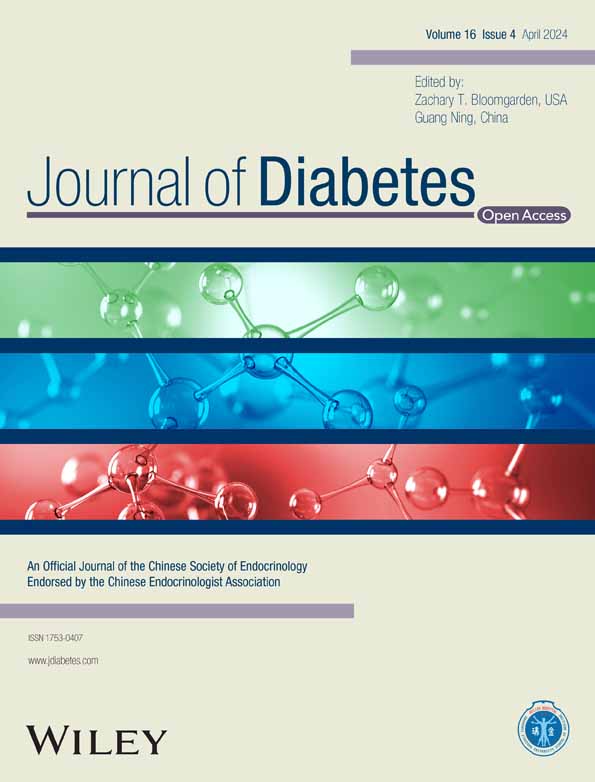Mitochondria-associated membranes contribution to exercise-mediated alleviation of hepatic insulin resistance: Contrasting high-intensity interval training with moderate-intensity continuous training in a high-fat diet mouse model
Xi Li and Jun Yang Yang contributed to the work equally and should be regarded as co-first authors.
Abstract
Objective
Mitochondria-associated membranes (MAMs) serve pivotal functions in hepatic insulin resistance (IR). Our aim was to explore the potential role of MAMs in mitigating hepatic IR through exercise and to compare the effects of different intensities of exercise on hepatic MAMs formation in high-fat diet (HFD) mice.
Methods
Male C57BL/6J mice were fed an HFD and randomly assigned to undergo supervised high-intensity interval training (HIIT) or moderate-intensity continuous training (MICT). IR was evaluated using the serum triglyceride/high-density lipoprotein cholesterol ratio (TG/HDL-C), glucose tolerance test (GTT), and insulin tolerance test (ITT). Hepatic steatosis was observed using hematoxylin–eosin (H&E) and oil red O staining. The phosphatidylinositol 3-kinase/protein kinase B/glycogen synthase kinase 3 beta (PI3K-AKT-GSK3β) signaling pathway was assessed to determine hepatic IR. MAMs were evaluated through immunofluorescence (colocalization of voltage-dependent anion-selective channel 1 [VDAC1] and inositol 1,4,5-triphosphate receptor [IP3R]).
Results
After 8 weeks on an HFD, there was notable inhibition of the hepatic PI3K/Akt/GSK3β signaling pathway, accompanied by a marked reduction in hepatic IP3R-VDAC1 colocalization levels. Both 8-week HIIT and MICT significantly enhanced the hepatic PI3K/Akt/GSK3β signaling and colocalization levels of IP3R-VDAC1 in HFD mice, with MICT exhibiting a stronger effect on hepatic MAMs formation. Furthermore, the colocalization of hepatic IP3R-VDAC1 positively correlated with the expression levels of phosphorylation of protein kinase B (p-AKT) and phosphorylation of glycogen synthase kinase 3 beta (p-GSK3β), while displaying a negative correlation with serum triglyceride/high-density lipoprotein cholesterol levels.
Conclusion
The reduction in hepatic MAMs formation induced by HFD correlates with the development of hepatic IR. Both HIIT and MICT effectively bolster hepatic MAMs formation in HFD mice, with MICT demonstrating superior efficacy. Thus, MAMs might wield a pivotal role in exercise-induced alleviation of hepatic IR.
CONFLICT OF INTEREST STATEMENT
The authors declare that there is no competing interest for this work.
Open Research
DATA AVAILABILITY STATEMENT
Data and publication materials are available from the corresponding author on a reasonable request.





